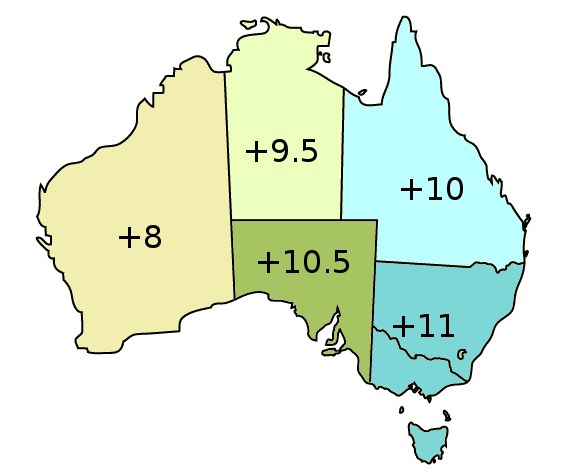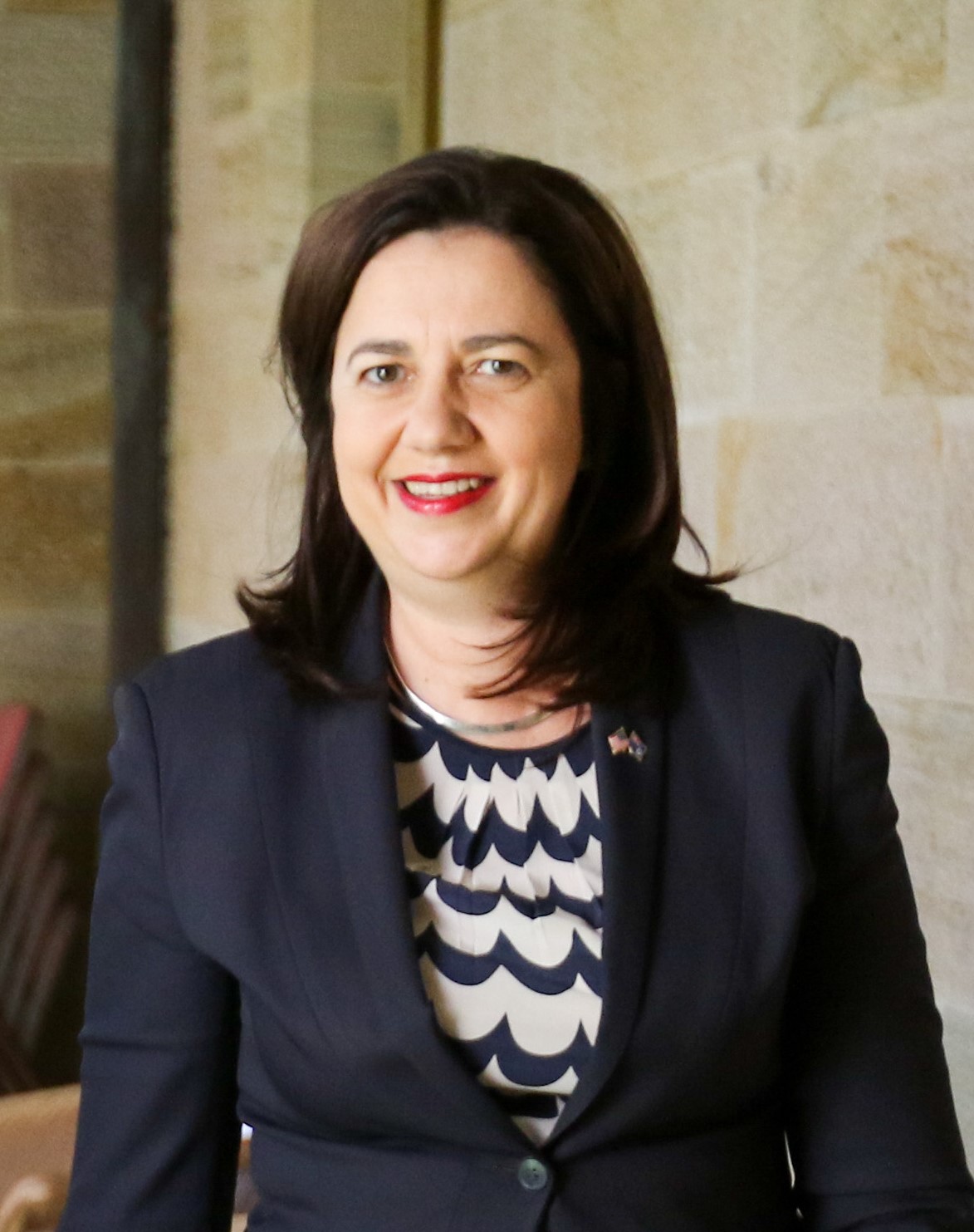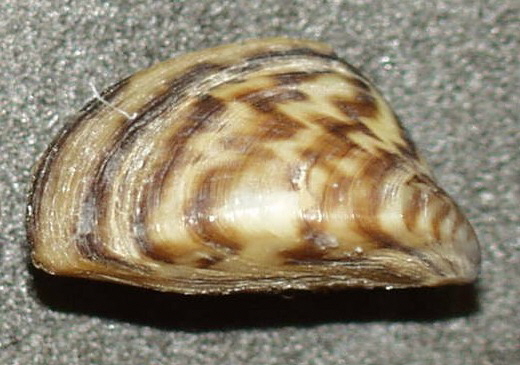|
Gowrie Little Plain, Queensland
Gowrie Little Plain is a rural locality in the Toowoomba Region, Queensland, Australia. In the , Gowrie Little Plain had a population of 79 people. Geography Gowrie Little Plain is on the Darling Downs. In the south of the locality are a series of hills which rise to around above sea level. The land use is a mixture of grazing on native vegetation and crop growing. History The locality takes its name from the nearby town of Gowrie. The town takes its name from a pastoral run which was named pastoralists Henry Hughes and Frederick N. Isaac, who initially called the property ''Stanbrook'', but renamed it ''Gowrie'' in 1847. The name ''Gowrie'' is probably a corruption of ''cowarie,'' Aboriginal name for Gowrie Creek, which in turn possibly means ''freshwater mussel''. Gowrie Little Plain State School opened circa 1890 and closed in 1965. It was at approx 125 Gowrie Little Plain Road (). St Jude's Anglican church was dedicated on 20 July 1900 by Bishop William Webber. The ... [...More Info...] [...Related Items...] OR: [Wikipedia] [Google] [Baidu] |
AEST
Australia uses three main time zones: Australian Western Standard Time (AWST; UTC+08:00), Australian Central Standard Time (ACST; UTC+09:30), and Australian Eastern Standard Time (AEST; UTC+10:00). Time is regulated by the individual state governments, some of which observe daylight saving time (DST). Australia's external territories observe different time zones. Standard time was introduced in the 1890s when all of the Australian colonies adopted it. Before the switch to standard time zones, each local city or town was free to determine its local time, called local mean time. Now, Western Australia uses Western Standard Time; South Australia and the Northern Territory use Central Standard Time; while New South Wales, Queensland, Tasmania, Victoria, Jervis Bay Territory, and the Australian Capital Territory use Eastern Standard Time. Daylight saving time (+1 hour) is used in jurisdictions in the south and south-east: South Australia, New South Wales, Victoria, Tasm ... [...More Info...] [...Related Items...] OR: [Wikipedia] [Google] [Baidu] |
Darling Downs
The Darling Downs is a farming region on the western slopes of the Great Dividing Range in southern Queensland, Australia. The Downs are to the west of South East Queensland and are one of the major regions of Queensland. The name was generally applied to an area approximating to that of the Condamine River catchment upstream of Condamine township but is now applied to a wider region comprising the Southern Downs, Western Downs, Toowoomba and Goondiwindi local authority areas. The name Darling Downs was given in 1827 by Allan Cunningham, the first European explorer to reach the area and recognises the then Governor of New South Wales, Ralph Darling. The region has developed a strong and diverse agricultural industry largely due to the extensive areas of vertosols (cracking clay soils), particularly black vertosols, of moderate to high fertility and available water capacity. Manufacturing and mining, particularly coal mining are also important, and coal seam gas extraction ex ... [...More Info...] [...Related Items...] OR: [Wikipedia] [Google] [Baidu] |
Toowoomba Chronicle And Darling Downs Gazette
''The Toowoomba Chronicle'' is a daily newspaper serving Toowoomba, the Lockyer Valley and Darling Downs regional areas in Queensland, Australia. As of 2016, the newspaper is owned by News Corp Australia, and forms part of their Regional Media network. In 2008, the audited circulation of ''The Toowoomba Chronicle'' was 22,808 Monday to Friday and 30,270 on Saturday. History The ''Darling Downs Gazette'', founded at Drayton by Arthur Sidney Lyon, began publication in a wooden shanty on 10 June 1858. It moved to the burgeoning town of Toowoomba and merged with ''The Chronicle'' in 1922. The ''Chronicle'', founded by Darius Hunt, began as a fourpenny weekly on 4 July 1861 in a coachbuilder's shop in James Street. On 4 February 1876, William Henry Groom became sole proprietor, beginning nearly half a century of family control of a newspaper that he transformed into a powerful and persuasive political weapon. Archibald Meston was one of the editors. In 1922 the Dunn family acq ... [...More Info...] [...Related Items...] OR: [Wikipedia] [Google] [Baidu] |
William Webber (bishop)
William Thomas Thornhill Webber (30 January 1837 – 3 August 1903) was the third Anglican Bishop of Brisbane in Queensland, Australia. Early life Webber was born in London, the son of a surgeon, William Webber and his wife Eliza (née Preston). He was educated at Tonbridge School, Kent, at Norwich School under John Woolley and Pembroke College, Oxford where he obtained B.A. in 1859 and M.A. in 1862. Religious life Webber was ordained a deacon in 1860 and a priest in 1861. Webber spent four years as curate of Chiswick (1860–64). He was then Vicar of St John the Evangelist, Holborn, (1864–85) and was a member of the London School Board (1882–85). He was consecrated bishop of Brisbane on 11 June 1885 by Edward White Benson, Archbishop of Canterbury, at St Paul's Cathedral, London and enthroned on 17 November 1885 in St John's Cathedral, Brisbane. He brought clergymen over from Oxford and Cambridge Universities for work in Queensland on five-year tours of duty. ... [...More Info...] [...Related Items...] OR: [Wikipedia] [Google] [Baidu] |
Anglican Bishop Of Brisbane
Anglicanism is a Western Christian tradition that has developed from the practices, liturgy, and identity of the Church of England following the English Reformation, in the context of the Protestant Reformation in Europe. It is one of the largest branches of Christianity, with around 110 million adherents worldwide . Adherents of Anglicanism are called ''Anglicans''; they are also called ''Episcopalians'' in some countries. The majority of Anglicans are members of national or regional ecclesiastical provinces of the international Anglican Communion, which forms the third-largest Christian communion in the world, after the Roman Catholic Church and the Eastern Orthodox Church. These provinces are in full communion with the See of Canterbury and thus with the Archbishop of Canterbury, whom the communion refers to as its ''primus inter pares'' (Latin, 'first among equals'). The Archbishop calls the decennial Lambeth Conference, chairs the meeting of primates, and is th ... [...More Info...] [...Related Items...] OR: [Wikipedia] [Google] [Baidu] |
Queensland Government
The Queensland Government is the democratic administrative authority of the Australian state of Queensland. The Government of Queensland, a parliamentary constitutional monarchy was formed in 1859 as prescribed in its Constitution, as amended from time to time. Since the Federation of Australia in 1901, Queensland has been a State of Australia, with the Constitution of Australia regulating the relationships between all state and territory governments and the Australian Government. Under the Australian Constitution, all states and territories (including Queensland) ceded powers relating to certain matters to the federal government. The government is influenced by the Westminster system and Australia's federal system of government. The Governor of Queensland, as the representative of Charles III, King of Australia, holds nominal executive power, although in practice only performs ceremonial duties. In practice executive power lies with the Premier and Cabinet. The Cabinet ... [...More Info...] [...Related Items...] OR: [Wikipedia] [Google] [Baidu] |
Queensland Family History Society
The Queensland Family History Society (QFHS) is an incorporated association formed in Brisbane, Queensland, Australia. History The society was established in 1979 as a non-profit, non-sectarian, non-political organisation. They aim to promote the study of family history local history, genealogy, and heraldry, and encourage the collection and preservation of records relating to the history of Queensland ) , nickname = Sunshine State , image_map = Queensland in Australia.svg , map_caption = Location of Queensland in Australia , subdivision_type = Country , subdivision_name = Australia , established_title = Before federation , established_ ... families. At the end of 2022, the society relocated from 58 Bellevue Avenue, Gaythorne () to its new QFHS Family History Research Centre at 46 Delaware Street, Chermside (). References External links * Non-profit organisations based in Queensland Historical societies of Australia Libraries in Brisbane Fami ... [...More Info...] [...Related Items...] OR: [Wikipedia] [Google] [Baidu] |
Freshwater Mussel
Freshwater bivalves are one kind of freshwater mollusc, along with freshwater snails. They are bivalves that live in fresh water as opposed to salt water, which is the main habitat type for bivalves. The majority of species of bivalve molluscs live in the sea, but in addition, a number of different families live in fresh water (and in some cases, also in brackish water). These families belong to two different evolutionary lineages (freshwater mussels and freshwater clams), and the two groups are not closely related. Freshwater bivalves have a simple morphology that varies among taxa, and are distributed around most regions of the world. Species in the two groups vary greatly in size. Some pea clams ('' Pisidium'' species) have an adult size of only 3 mm. In contrast, one of the largest species of freshwater bivalves is the swan mussel, in the family Unionidae; it can grow to a length of 20 cm, and usually lives in lakes or slow rivers. Freshwater pearl mussels are ec ... [...More Info...] [...Related Items...] OR: [Wikipedia] [Google] [Baidu] |
Frederick Isaac
Frederick Neville Isaac (1825 – 12 July 1865) was a Queensland pioneer pastoralist and a Member of the Queensland Legislative Council. Queensland pioneer Frederick Isaac arrived in Queensland in 1840. Together with his brother, he accompanied the explorer Ludwig Leichhardt on his first expedition, on which Isaac proved himself an excellent bushman. After that expedition, Frederick Isaac then returned to Gowrie, and went from there with stock to take up land. In 1847, Isaac and his men settled at a place called Dullacca (later the property of William Miles, Member of the Queensland Legislative Assembly), but he was very soon driven from that land by the aborigines. He managed to save some of his stock but was forced to leave behind all his stores and his dray. In 1852 he entered a partnership with his brother as owners of Gowrie Station. In 1854, he returned to England, where he married Caroline Sparkes, of St Johns, Bridgenorth, in Shropshire. On returning to Queensland ... [...More Info...] [...Related Items...] OR: [Wikipedia] [Google] [Baidu] |
Henry Hughes (New South Wales Politician)
Henry Hughes was an Australian pastoralist and politician. He was an appointed member of the New South Wales Legislative Council from 1851 to 1853. Hughes was a squatter and large landowner and stockholder at Gowrie Station on the Darling Downs, in what is now Queensland. He was reported to have been one of the first white colonists in the area. He was appointed a magistrate there in 1846. In 1848, along with a colleague, Isaac, he purchased " Westbrook" in addition to his existing landholding; it was transferred to him alone in 1850. In 1851, prior to his appointment, he was an unsuccessful candidate for the elected Brisbane-based Stanley Boroughs seat in the Legislative Council, in which he had variously been referred as the "pro-transportation" or "squatting" candidate. He had strongly advocated the importation of convicts into Moreton Bay, having gone so far as to travel to England to wait upon the Secretary of State for the Colonies. He was an "unflinching advocate" of th ... [...More Info...] [...Related Items...] OR: [Wikipedia] [Google] [Baidu] |
Gowrie, Queensland
Gowrie Junction is a rural locality in the Toowoomba Region, Queensland, Australia. It is north-west of Toowoomba. In the , Gowrie Junction had a population of 2,030 people. The town of Gowrie is in the eastern part of the locality (). Geography The Toowoomba Second Range Crossing passes through the southern part of the locality with no intersections. The Western railway line passes through the locality with the Gowrie railway station () serving the town of Gowrie. Tilgonda railway station is a closed railway station on the railway line in the west of the locality (). History The name ''Gowrie'' comes from the Gowrie pastoral station operated by Henry Hughes and Frederick N. Isaac who used the name from 1847. It is thought to be a corruption of an Aboriginal word ''cowarie'' which might refer either to Gowrie Creek or mean ''freshwater mussel''. The name ''Junction'' relates to the former Gowrie Junction railway station which was the junction between the Southern and Western ... [...More Info...] [...Related Items...] OR: [Wikipedia] [Google] [Baidu] |




